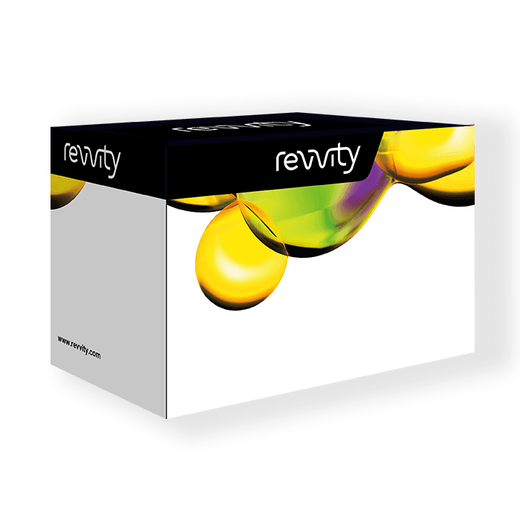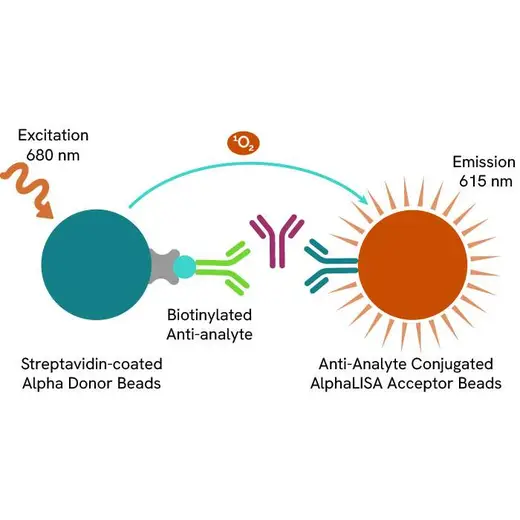

 下载产品说明书
下载产品说明书 下载SDS
下载SDS 用小程序,查商品更便捷
用小程序,查商品更便捷



 收藏
收藏
 对比
对比 咨询
咨询Overview
Formats:
- Our HV (100 assay point) kits allow you to run 100 wells in 96-well format, using a 100 µL reaction volume (10 µL of sample).
- Our 500 assay point kit allows you to run 500 wells in 96-well or 384-well format, using a 50 µL reaction volume (5 µL of sample).
- Our 5,000 assay point kit allows you to run 5,000 wells in 96-well or 384-well format, using a 50 µL reaction volume (5 µL of sample).
Features:
- No-wash steps, no separation steps
- ELISA alternative technology
- Sensitive detection
- Broad sample compatibility
- Small sample volume
- Results in less than 3 hours
- Half the time of an ELISA assay
Frataxin is expressed as a 210 AA, 23 kDA protein from the FXN gene located on chromosome 9. Upon expression, the FXN protein is directed to the mitochondrion by its 41 AA N-terminal mitochondrial targeting sequence. In the mitochondrion, the protein is cleaved by the mitochondrial processing peptidase (MPP) to its intermediate form of 42 – 210 AA. Later on, MPP cleaves the protein to its mature form of 81-210 AA. Although the function of the FXN protein is not clearly defined, it is thought to be vitally important for Iron-Sulfur cluster biogenesis, heme biosynthesis, and chelation and transportation of iron specifically involved with the mitochondria. The Frataxin protein is the primary culprit for a debilitating neurodegenerative disease called Friedreich’s Ataxia. Due to similarities in the diseases, there is some evidence to suggest that FXN may be involved in other neurodegenerative diseases such as Parkinson’s, Multiple Sclerosis, and Amyotrophic Lateral Sclerosis. This AlphaLISA kit has been designed for the detection and quantification of FXN from cell and tissue lysates.
AlphaLISA technology allows the detection of molecules of interest in a no-wash, highly sensitive, quantitative assay. In an AlphaLISA assay, a biotinylated anti-analyte antibody binds to the Streptavidin-coated Donor beads while another anti-analyte antibody is conjugated to AlphaLISA Acceptor beads. In the presence of the analyte, the beads come into close proximity. The excitation of the Donor beads causes the release of singlet oxygen molecules that triggers a cascade of energy transfer in the Acceptor beads, resulting in a sharp peak of light emission at 615 nm.
Specifications
| Application | Protein Analysis & Detection |
|---|---|
| Assay Points | 100 |
| Assay Target Class | Protein |
| Automation Compatible | Yes |
| Brand | AlphaLISA |
| Detection Method | Alpha |
| Experimental Type | In vitro |
| Format | Microplates |
| Quantity in a Package Amount | 1.0 per pack |
| Shipping Conditions | Shipped in Blue Ice |
| Therapeutic Area | Central Nervous System |
| Unit Size | 100 Assay Points |
Image gallery



















 危险品化学品经营许可证(不带存储) 许可证编号:沪(杨)应急管危经许[2022]202944(QY)
危险品化学品经营许可证(不带存储) 许可证编号:沪(杨)应急管危经许[2022]202944(QY)  营业执照(三证合一)
营业执照(三证合一)